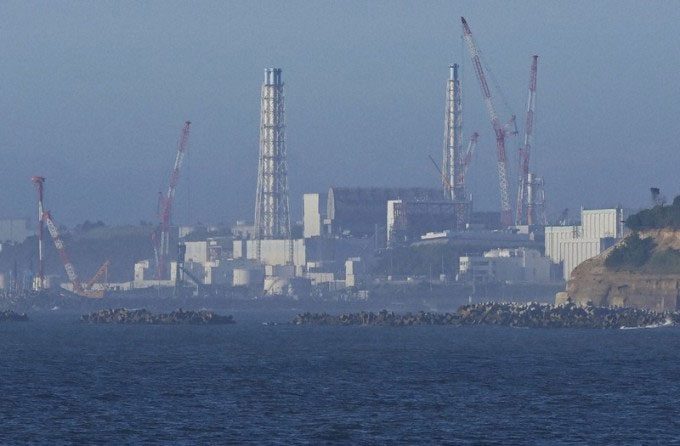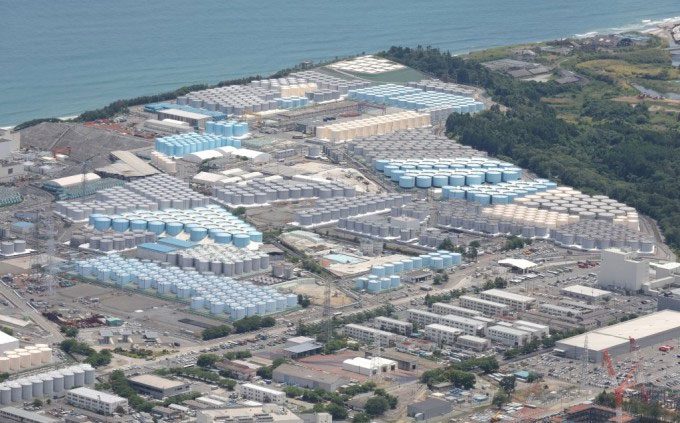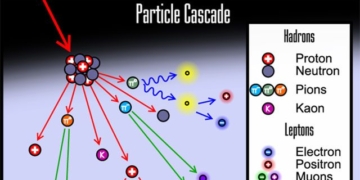Japan has begun its first discharge of treated nuclear wastewater into the Pacific Ocean, amidst significant reactions from neighboring countries and fishermen.
At 1 PM (11 AM Hanoi time), Japan started releasing treated nuclear wastewater from the Fukushima Daiichi plant through an underwater tunnel approximately one kilometer long into the sea. The operation is carried out by Tokyo Electric Power Company (TEPCO), under stable sea and weather conditions.
TEPCO plans to discharge a total of 7,800 tons of water into the ocean over the next 17 days, continuously 24 hours a day starting from August 23. This is the first of four planned discharges for the fiscal year 2023 (from now until March 2024), with an expected total discharge of 31,200 tons of water.
Observers from the International Atomic Energy Agency (IAEA) are present at the plant to oversee related procedures. TEPCO staff will collect water and fish samples for analysis, with results expected to be released “as early as tomorrow.”

Fukushima plant viewed from Namie on August 24. (Photo: Kyodo).
In March 2011, Japan suffered a dual disaster of an earthquake and tsunami, which impacted the Fukushima Daiichi nuclear power plant. TEPCO, the plant’s operator, has had to manage approximately 1,000 steel tanks containing 1.34 million tons of contaminated water used for reactor cooling.
As space for additional storage tanks became limited, Japanese authorities began planning the gradual release of treated wastewater into the ocean in 2021. The water has been filtered and thoroughly diluted, removing radioactive isotopes except for tritium, one of the two isotopes of hydrogen.
Japan has set a tritium concentration limit in wastewater at 1,500 Bq/l (becquerel/liter), which is seven times lower than the World Health Organization’s recommended level of 10,000 Bq/l for drinking water.
Tokyo and the IAEA stated that the water will be released gradually over several decades. With the plan to discharge 31,200 tons of wastewater into the ocean during the fiscal year 2023, the amount of tritium released into the sea is expected to be around 5 trillion Bq.

The nuclear wastewater discharge system at Fukushima plant. (Graphic: Reuters).
Japan’s discharge plan has faced opposition from local fishing unions as well as neighboring countries such as China and the opposition in South Korea.
After Prime Minister Fumio Kishida announced the date for the discharge, China summoned the Japanese ambassador to “communicate sternly” and warned that Beijing would “implement necessary measures to protect the marine environment, food safety, and public health.”
Japanese Ambassador Hideo Tarumi expressed regret over China’s stance but affirmed that Tokyo is ready to maintain communication with Beijing even after the discharge.

Nuclear wastewater storage tanks at Fukushima plant viewed from above on May 31. (Photo: AFP).




















































